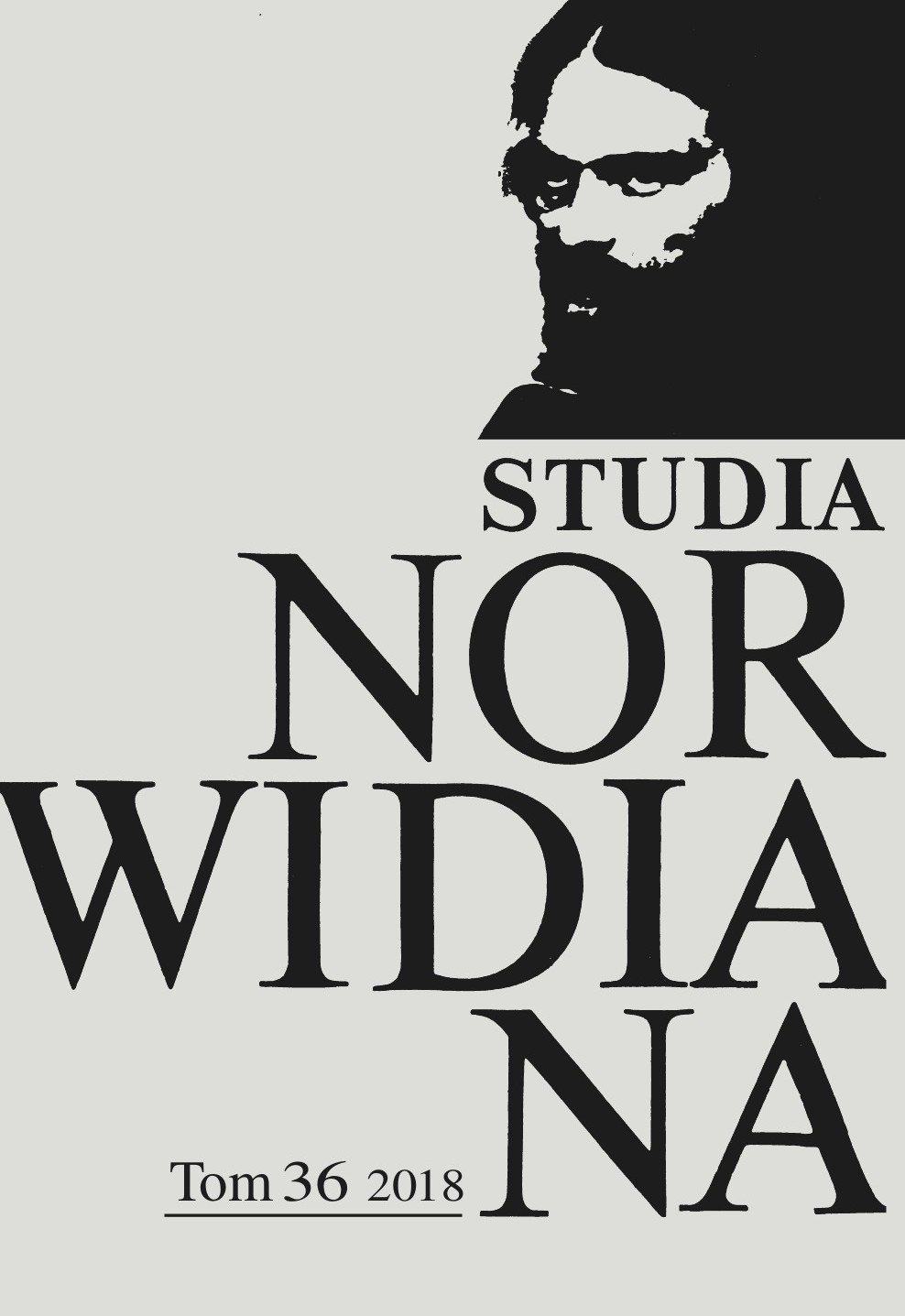Norwida droga do Hafiza
Norwid’s way to Hafiz
Author(s): Renata Gadamska-SerafinSubject(s): Language and Literature Studies, Studies of Literature, Polish Literature
Published by: Towarzystwo Naukowe KUL & Katolicki Uniwersytet Lubelski Jana Pawła II
Keywords: Norwid; Assunta; Hafiz; Sufism; Persian poetry, Hafiz’s reception in Poland; Poland and Persia
Summary/Abstract: In Norwid’s works one can find distant echoes of the Sufi concepts. One of the threads linking this Polish poet to the current of Muslim mysticism is his fascination with Hafiz’s Divan (and secondly – the person of Abd el-Kader) manifesting it self in Pisma wszystkie. The Persian poet and mystic is mentioned in the works of the Polish author five times (twice in letters and three times in poems: Assunta, Emil na Gozdawiu and A Dorio ad Phrygium). It is quite doubtful that Norwid became acquainted with philarete’s translations of Hafiz’sghazals (Sękowski, Wiernikowski, Chodźko) in his pre-emigration (Warsaw) period. It was rather the full German translations of Divan (Purgstall and others) and numerous thematic references in the works of German Romantics (Goethe, Heine) that opened to him the gates to Hafiz’s world. Norwid could have been exposed to these during his stay in Berlin in 1846 while attending a query at the University Library there. It cannot be ruled out that also the reading of Emerson’s works during his American period (and later) was a kind of stimulus. The world of Hafiz’s lyric poetry could also spread open before Norwid owing to French translations, although their role was rather secondary, since in the 19th century they were relatively few (only 32 works were translated before Norwid’s death). The years of Parisian emigration provided many new opportunities to advance the know-ledge of Persian literature and culture. This was favoured not only by the stay in Paris, but also by the presence among Polish emigrants of eminent iranologists with whom Norwid was in touch: Aleksander Chodźko and Wojciech Biberstein-Kazimirski (he worked together with Norwid’s cousin Michał Kleczkowski at the French Ministry of Foreign Affairs). The height of Norwid fascination with Hafiz was in the 1870s, although many facts indicate that Promethidion could already be inspired by Hafiz. The Sufi “alchemy of love” permeating the stanzas of Hafiz’s Divan found its reflection primarily in Assunta. Norwid took the motto for this poem probably from the French translation of A Grammar of the Persian Language by William Jones (translated by Garcin de Tassyin 1845), in which the couplet was among the examples of Persian syntax (the ghazelin which this couplet originated, was still not fully translated into French). In turn, the motto for Emil na Gozdawie is probably a paraphrase of the ghazel translated into French by the same Jones and included in his Treaty on Oriental Poetry as Ode V. The choice of the motto to Emil... testifies to Norwid’s affiliation with an elite group of 19th-century erudites who were able to get access to the religious dimension of the poetry by Hafiz, which generally remained hidden for the European readers of Divan at that time. A particularly original idea of the Polish poet was the evocation of a text from the area of cultural Islam (and not Christianity!) for the needs of polemics with the Rousseau eansecular model of upbringing, and the juxtaposition of the secularised European mentality with the deep, unshakable religious sense of the Orient.
Journal: Studia Norwidiana
- Issue Year: 2018
- Issue No: 36
- Page Range: 5-53
- Page Count: 49
- Language: Polish

